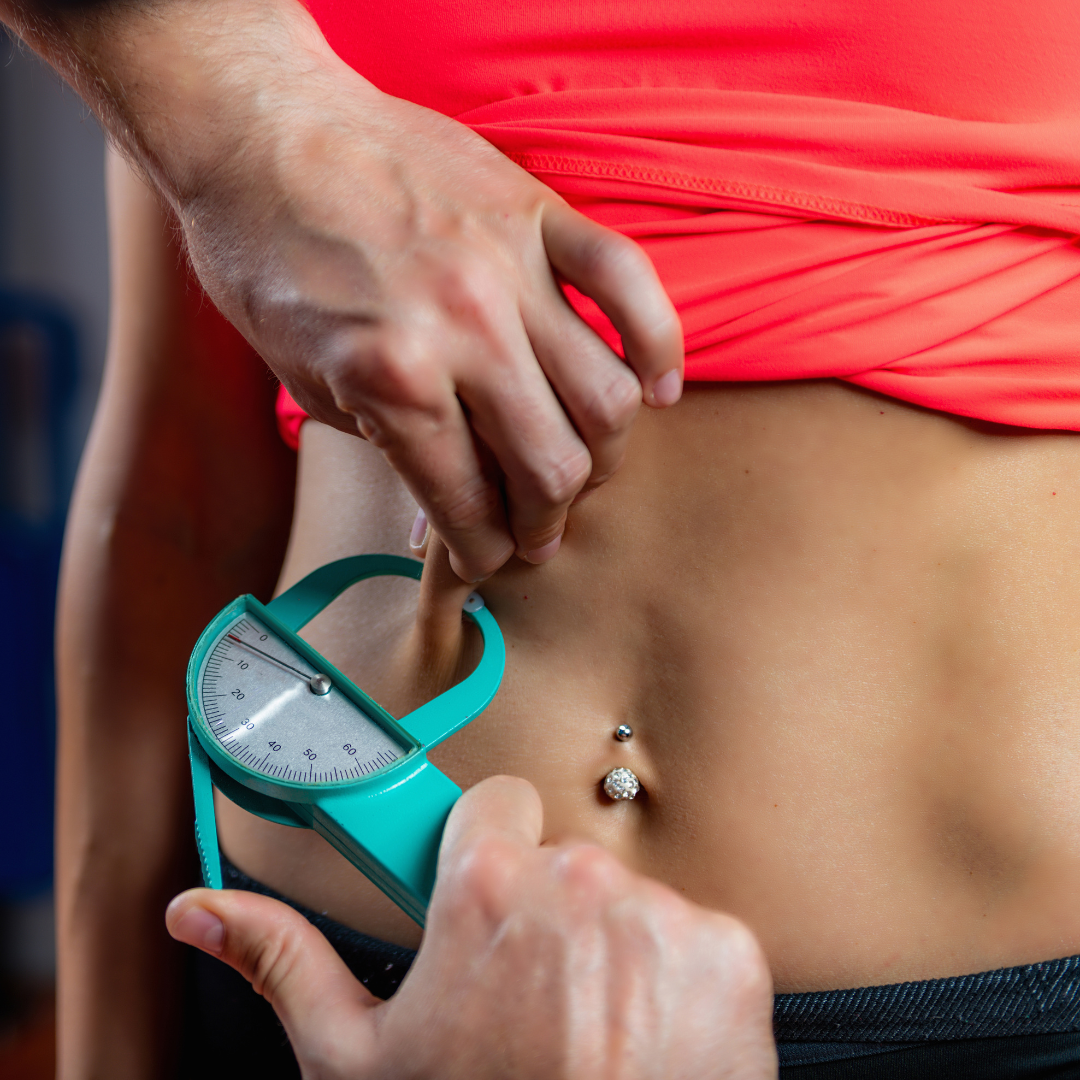Let’s look at a standard case. There is a woman who weighs 65 kg but wants to weight 55 kg. In her understanding everything is absolutely clear as 8 years ago, before pregnancy, she weighed exactly 55 kg and looked gorgeous. This woman means that it was at 55 kg when she wore XS / S size of clothing, had a flat stomach, beautiful slender legs and had no cellulite. Now she wants exactly the same again, so her goal is to get back to exactly 55 kg.
What is the critical mistake here?
First of all, it's time to introduce a new term for many people - the "body composition". This is the percentage of muscle, body fat, fluid, bones and others in your body. You can do a body composition test using special devices such as InBody, Tanita etc. They are available in almost all fitness clubs or medical centers. It is called Bioelectrical Impedance Analysis (BIA) of body composition or Bioimpedancemetry. Body composition is a deeper and more informative analysis of your body condition than just numbers on the scale.
Second point. You should never measure an "ideal" body in kilograms, pounds or centimeters. Why? Because it absolutely does not give you an idea of how much fat and muscle there is in your body. It is quite logical that when the percentage of fat in the body is low and there are enough muscles - we look very slender, sexy and without “problem areas”. Nothing is hanging and sticking out which is surely making you happy. And this is exactly what we want when we set a goal in kilograms, right? This is where the trap is.
From a scientific point of view, it is correct to set a goal not to “lose weight” by numbers on the scale but to improve a body composition by reducing the percentage of fat in the body without losing muscle. When these two parameters are reached, trust me, you will not even look at the scales because you will not care!
This is what quite often happens in the program: a woman joins a program with a weight of 65 kg, wanting to get down to 55 kg. We start working and then somewhere at 58 kg a woman says: “Everything is great, my body is gorgeous, I like myself and don’t need to “lose weight” anymore.” Why is that? Because she burned fat and thus, the percentage of fat in the body decreased. And fat is cellulite, cheeks, belly, hips and absence waist.
Third point. So, I hope by now you agree that it is better not to “lose weight” in kilograms but to reduce precisely the fat layer of the body. The goal of a skilled nutritionist is the following: reduce the percentage of fat and at the same time, not reduce the percentage of muscle in your body. Why you absolutely cannot lose muscle? Because longevity, health and functionality of your body directly depend on muscles’ quantity. The ideal result of the program is to reduce the percentage of body fat leaving the percentage of muscles the same.
Unfortunately, you can't burn fat and build muscles at the same time. Never believe when someone promises you that. Muscles don't grow on a negative calorie balance. But we’ll discuss this in details later.
Fourth point. What is the right rate of reducing your body fat percentage or "losing weight"?
Of course, we all want more and faster. Is it possible? If a lot at once - is it harmful to health? Does the fat go away with these kilograms?
The answer to this is that if we talk about the right approach which is burning fat then the proper number is 1% or a maximum 2% per month if the weight is more than 90 kg. Small numbers, right? But believe me by burning even 3-4% of fat you and people around you will notice this very clearly in terms of the volume of problem areas and the size of your clothes.
If we still talk about kilograms per month, then the correct, safe for health speed is about 1% of your body weight per week. Thus, if you weigh 80 kg, then you should burn around 600-800 grams. Please note that at the very beginning you will have much more weight fluctuations but this will mainly be due to excess fluid. It stays with malnutrition and a passive lifestyle. In the body of a person with bad eating behaviors, it can be from 1 to 3-4 kg, depending on weight. These “light” kilograms go away quickly and easily and only then we start getting to body fat. Therefore, in the first two weeks, the weight fluctuations will most likely be more than 1% of body weight per week, which is totally normal. Then you will reach the correct “cruising speed” of 1% if you do everything correctly, of course.
